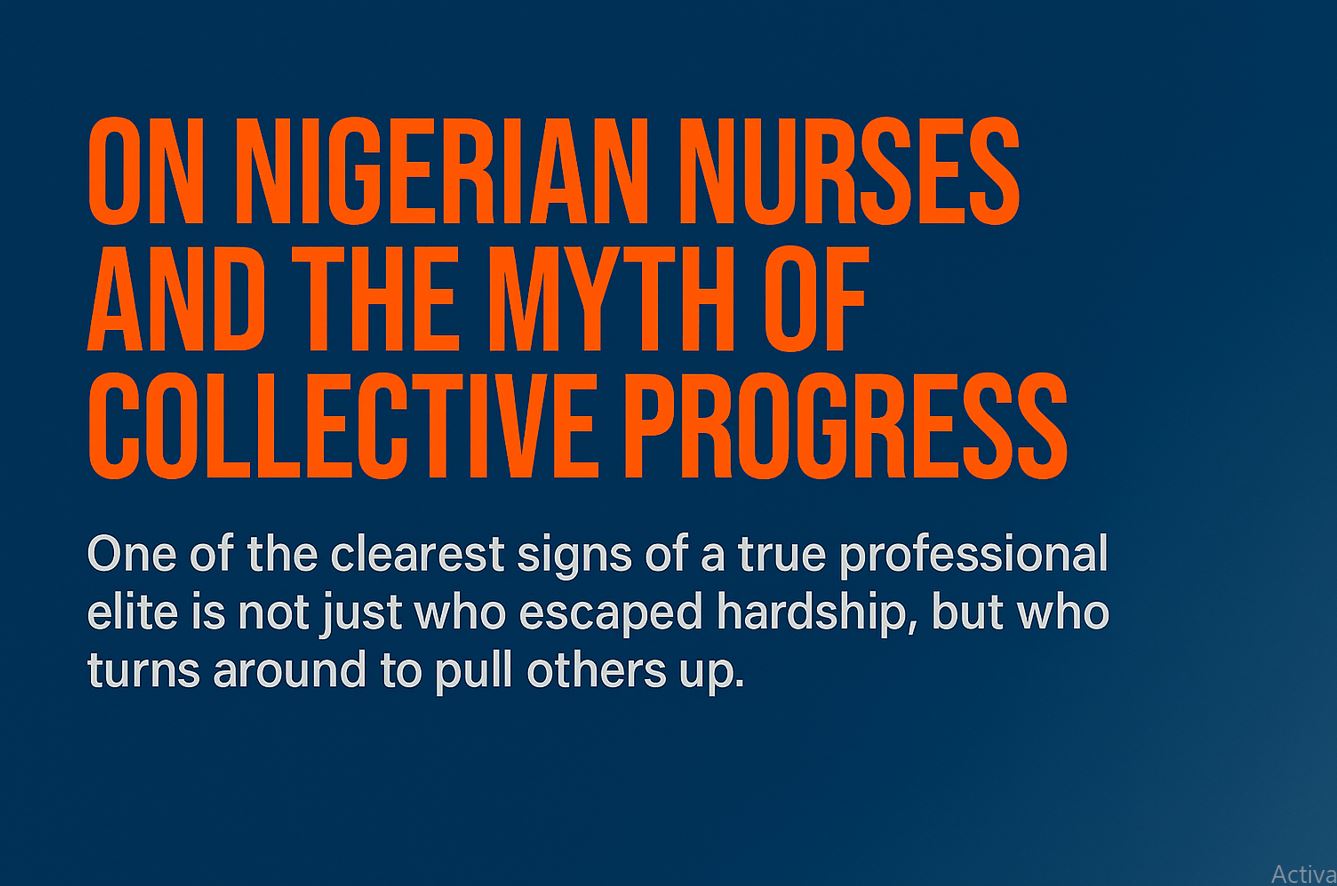Towards facilitating correct diagnosis and prompt treatment of cancers, infectious diseases and other global health challenges, the World Health Organisation, WHO, has released updated Essential Medicines List (2019) and the List of Essential Diagnostics.
The new lists, with emphasis on effective solutions, smart prioritisation, and optimal access for patients, are to serve as core guidance documents to help countries prioritise critical health products that should be widely available and affordable throughout health systems.
The updated Essential Medicines List adds 28 medicines for adults and 23 for children and specifies new uses for 26 already-listed products, bringing the total to 460 products deemed essential for addressing key public health needs, while the updated List of Essential Diagnostics contains 46 general tests that can be used for routine patient care as well as for the detection and diagnosis of a wide array of disease conditions, and 69 tests intended for the detection, diagnosis and monitoring of specific diseases. Both lists are expected to be models for countries to develop their own national lists based on local disease burden and existing healthcare delivery infrastructure provide an excellent framework from which countries can plan and implement the laboratory services and the medicines they need.

The WHO Director-General Dr Tedros Adhanom in a statement , said 12 medicines added to the new list are regarded as the best therapies in terms of survival rates to treat melanoma, lung, prostate, multiple myeloma and leukemias cancers. “Around the world, more than 150 countries use WHO Essential Medicines List to guide decisions about which medicines represent the best value for money, based on evidence and health impact.
“The inclusion in this list of some of the newest and most advanced cancer drugs is a strong statement that everyone deserves access to these life-saving medicines, not just those who can afford them.” Speaking, WHO Assistant Director-General for Medicines and Health Products, Mariangela Simao, noted: “The List of Essential Diagnostics was introduced in 2018 to guide the supply of tests and improve treatment outcomes. “As countries move towards universal health coverage and medicines become more available, it will be crucial to have the right diagnostic tools to ensure appropriate treatment.” The first List of Essential Diagnostics was published in 2018, concentrating on HIV, malaria, tuberculosis, and hepatitis. The 2019 list has expanded to include more non-communicable and communicable diseases.
WHO added 12 tests to the Diagnostics List to detect a wide range of solid tumours such as colorectal, liver, cervical, prostate, breast and germ cell cancers, as well as leukemia and lymphomas. To support appropriate cancer diagnosis, a new section covering anatomical pathology testing was added to be made available in specialised laboratories. The Diagnostic list focuses on additional infectious diseases prevalent in low- and middle-income countries such as cholera, and neglected diseases like leishmaniasis, schistosomiasis, dengue, and zika.
In addition, a new section for influenza testing was added for community health settings where no laboratories are available. The list was also expanded to include additional general tests which address a range of different diseases and conditions, such as iron tests (for anemia), and tests to diagnose thyroid malfunction and sickle cell disease. A new section specific to tests intended for screening of blood donations is also included as part of the strategy to make blood transfusions safer. It was gathered that by focusing the choices, WHO is emphasising patient benefits and wise spending with a view to helping countries prioritize and achieve universal health coverage.
ABUJA: Training Schedule for Basic Life Support BLS, Pediatric Advanced Life Support (PALS), Advanced Cardiovascular Life Support ACLS, First Aid, CPR, AED
PORTHARCOURT: Training Schedule for Basic Life Support BLS, Pediatric Advanced Life Support (PALS), Advanced Cardiovascular Life Support ACLS, First Aid, CPR, AED
LAGOS: Training Schedule for Basic Life Support BLS, Pediatric Advanced Life Support (PALS), Advanced Cardiovascular Life Support ACLS, First Aid, CPR, AED




